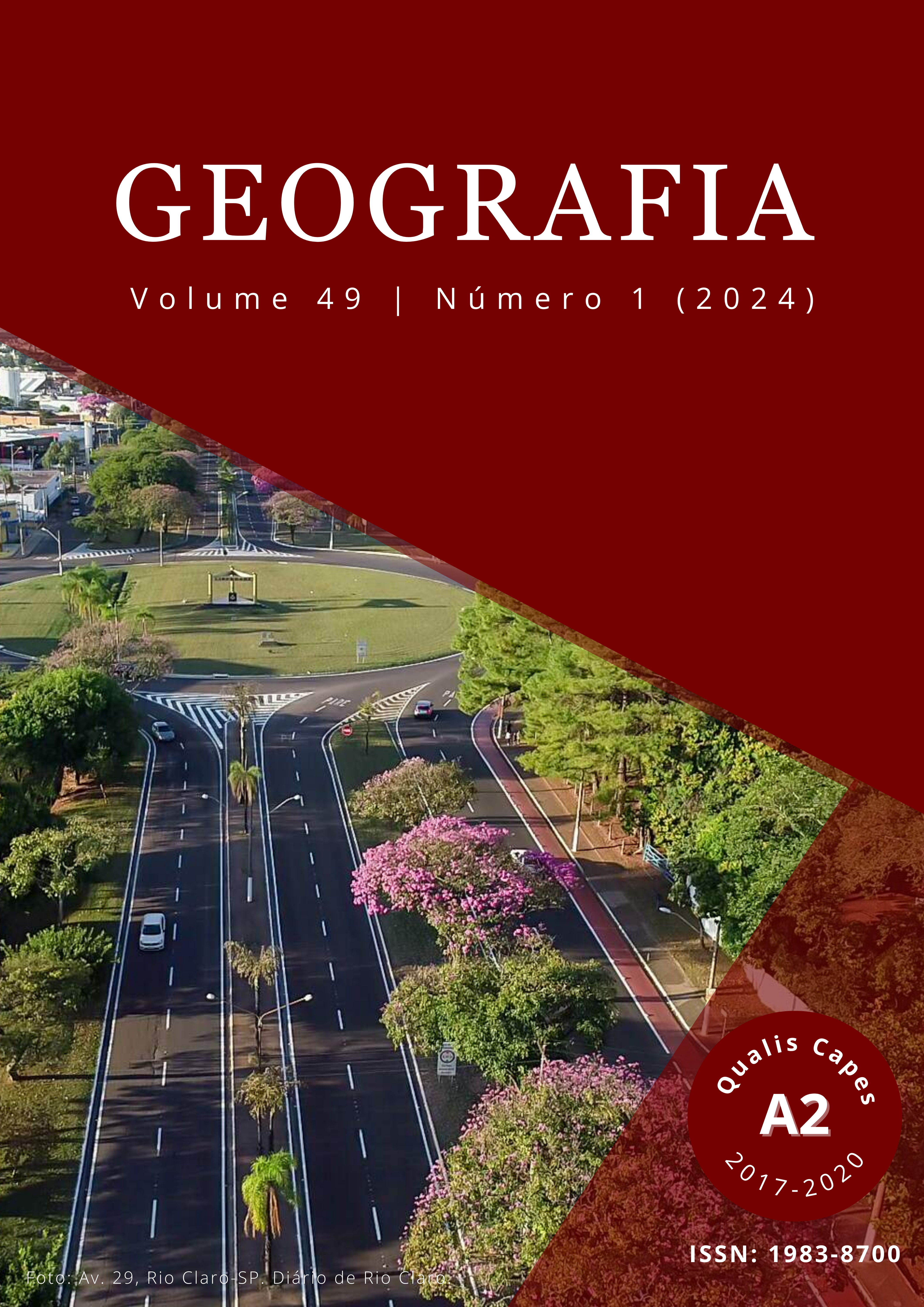Possibilities for cave tourism and provisional carrying capacity in caves of the speleological province of Carajás, Brazil
Abstract
Iron ore caves have physical, biological and atmospheric characteristics as unique as those in traditional carbonate lithologies, which makes them suitable for tourist visits. Based on this assumption, field analyzes were carried out in caves in the Carajás region, Brazil, one of the most important mineral provinces in the world and with thousands of caves already recorded. Caves were selected that already had some local visitation as also others indicated by the managing body of the natural protected areas considered in the study, with possibility of visitation. Field analyzes included the application of the ROVUC method, analysis of cave tourism potential and verification of general safety conditions and spatial dimensions for preliminary assessments of tourist carrying capacity. The results showed favorable conditions for visiting five of the six caves analyzed, even when compared with show caves already established in other parts of Brazil. It was concluded that the region offers full conditions for the development of cave tourism in the current models of ecotourism and geotourism, both for contemplative and educational activities.
Downloads
Published
Issue
Section
License
Copyright (c) 2024 GEOGRAFIA

This work is licensed under a Creative Commons Attribution 4.0 International License.
The authors maintain the copyright and grant GEOGRAFIA the right of first publication, with the articles simultaneously licensed under the Creative Commons BY 4.0 License, which allows sharing and adapting the articles for any purpose, as long as appropriate credits and provisions of image rights, privacy or moral rights. Other legal attributions can be accessed at: https://creativecommons.org/licenses/by/4.0/legalcode.en.
Geography, Rio Claro, SP, Brazil - eISSN 1983-8700 is licensed under the Creative Commons BY 4.0 License.





